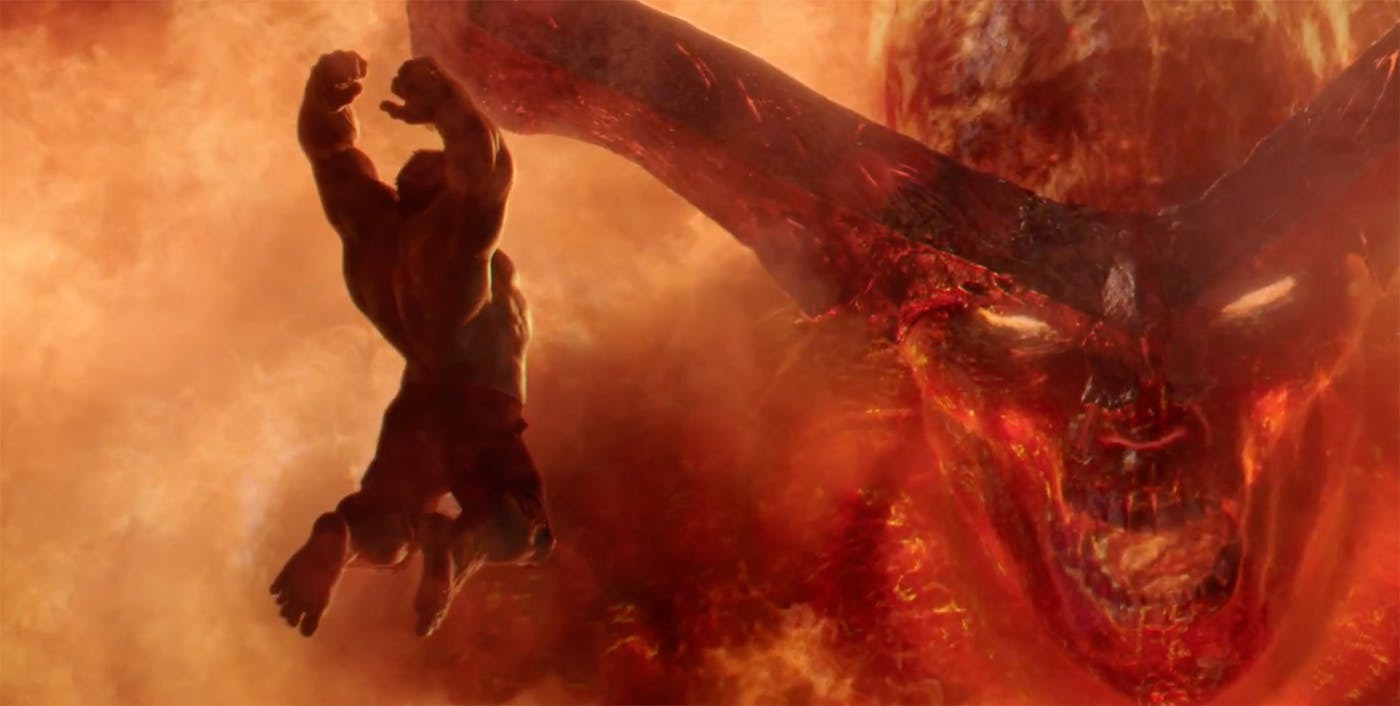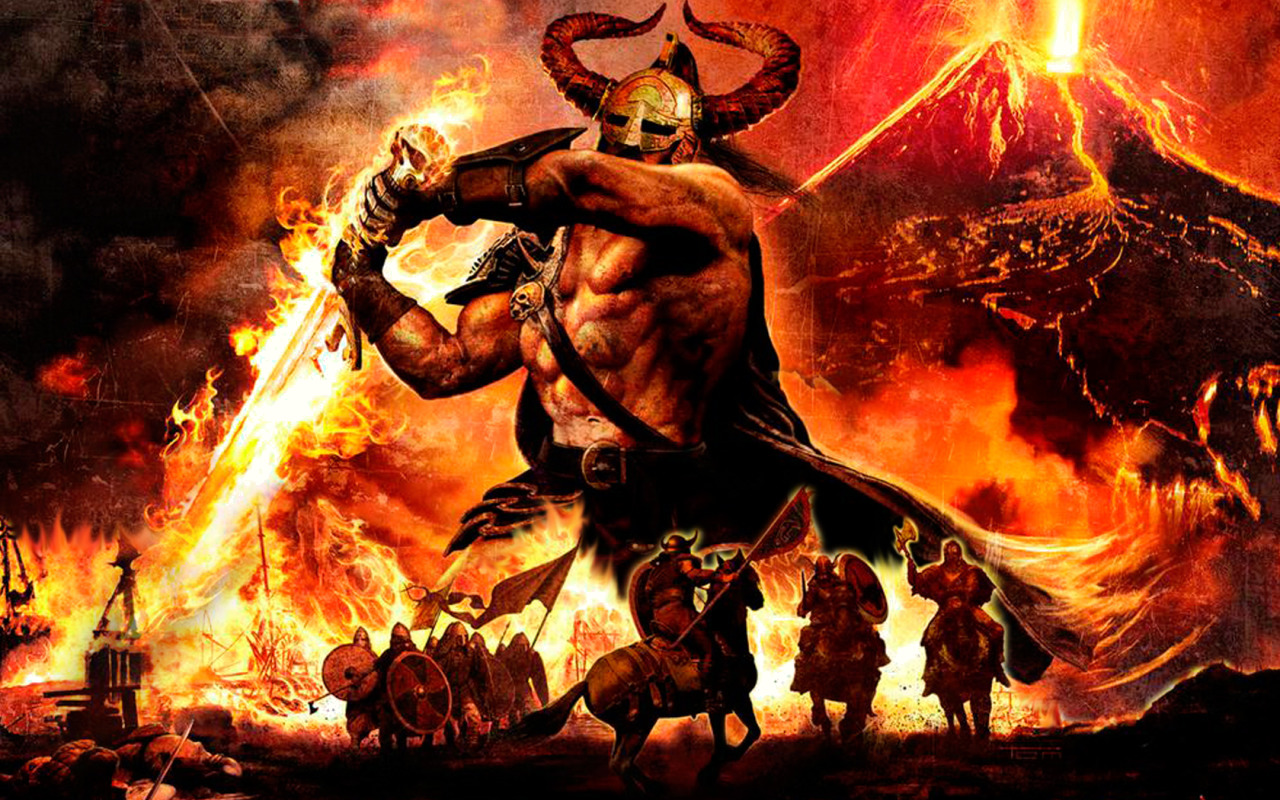
Much of the last three decades can be summed up with the fact that “Oriental Adventures” started life in 1985 as an acceptable title for a book on the shelves of most Mr. Paperbacks, and arrived at 2018 as something I really did not want my coworkers to see me typing into Google.
The reason I was typing this into Google had nothing to do with casual racism, the shuttering of a Maine-based bookstore and bookstores in general, the rise of specialized and super-accessible porn, or even the ascension of Google and the internet et al. It was about discrediting a political talking point from the 90s.
Oriental Adventures was an Advanced Dungeons & Dragons companion book that took a broad view of Asia, clumping maybe twenty cultures together, with particular focus on Japanese honor, ninjas, kung-fu, and whatever else was on early-morning television in the 80s in America.1[1] Crash course in Dungeons & Dragons: There are races and classes. Forget the races because that’s problematic at best, and focus on the classes, which are things like wizard, warrior, thief, etc.; jobs for Lord of the Rings characters, since Lord of the Rings is what started this mess in the first place. Every body and thing has hit points (hp), which is the measure of how much damage they can take.2[2]
Oriental Adventures has a monk class which is very obviously based on wire-intensive cinematic representations of Shaolin. As a very obviously lonely 14-year-old, I discovered a mathematical oddity in this class, since Dungeons & Dragons is how liberal arts nerds learn math.
The monk class only goes up to the 17th level, which was an anomaly in Dungeons & Dragons, where 20th level was the equivalent of the 1 percent, except everybody had a chance at getting there.3[3] Personally, I think this is because they were running out of bonuses to give to their monks. A 17th level monk gets three extra attacks per round, and four extra attack dice per attack, based on whatever attack dice they were already using.
Did I mention dice? Lots of dice in Dungeons & Dragons. The die you definitely know is what we nerds refer to as d6: Six sides, labelled one through six. The dice you probably know, according to my Google Analytics, are d4, d6, d8, d10, d12, and d20, shown below.

In gaming parlance, 3d6 means role three six-sided dice, 2d8 means role two eight-sided dice, etc. This is important to the monk, because whatever his main attack d is, he gets three more of them per attack when he maxes out his level.
Since Oriental Adventures was maybe trying to be something other than a reductive Western fetish, you got to design your own martial art. This was sorted out by picking a form and a principal method. To save suspense and more technical details that you either don’t care about or already know: Picking the hard form, strike principal method, and iron fist specialty gives a monk a base attack of 1d10 twice per round. Once the monk reaches level 17, this becomes 5d10 five times per round, for a potential upper bound of of 250hp of damage in a round. Combine this with the easily accessible speed specialty and that becomes ten attacks a round for 500hp. The speed specialty can only be used for five rounds a day. A round is generally described as a minute, so, in the course of a day, a monk, with the right load out and having a really good day, can cause 2500hp of damage in five minutes. This may sound like a lot, but it’s actually a totally brain melting amount of destruction.
Take just one of those punches, doing 5d10 damage. The most powerful basic weapons in the 2nd edition Player’s Handbook are two-handed swords and heavy lances, both of which do 3d6. A lance does double damage if used on charging horse, though I’m not sure what you do with a heavy lance if you’re not on a charging horse. The standard upper limit for magic enhancement is +5, so if a heavy lance blessed by a very friendly god hits your brain in front of a charging horse, the most damage it can do is 41hp.4[4]
There’s also a strength bonus. Stats for normal characters run from 3 to 18, the higher the better, with higher values swinging into demigod territory. So for instance, King Solomon probably ran with a 16 to 18 wisdom stat, while your cousin who called you on a payphone to try and sell you the weed he grew in his freshman dorm room is playing with about a 4. Strength being a less subjective trait, the strength stat table helpfully includes a maximum bench. You get swole trippin reps and tap that 18 stat, you have a max press of 480 and a +6 damage, and that’s mad tight, brah. The world record bench was set by Tiny Meeker at a fundraiser in 2013, and comes in at 1102 pounds, and not one of those pounds ever thought it would get benched by a guy named Tiny Meeker. That bench gives Meeker a strength of 23, which, according to the 2nd edition Player’s Handbook, gives him a +11 damage bonus and makes him a Cloud Giant. That +11 gives him a potential max damage of 52, so Tiny Meeker on a charging horse with a magic lance might do more damage than an unarmed abbot east of Uzbekistan.
However, it seems odd that all that strength would make much difference to a lance charge, since most of the work being done by the horse. For a more realistic application of strength, it makes sense to stick with the two-handed sword, but let’s jack the strength all the way to 25, which is apparently Titan-level strength. Most of the titans I’ve seen look like they can bench more than 1750, but rules are rules, so at a +14 bonus, the maximum damage coming at you from a god-fighting giant wielding a magic sword is 37. So this guy:

… still can’t beat the abbot, although since 22 points of that damage is guaranteed, he has a slightly higher average damage at 29.5 per attack versus the monk’s 27.5.
But damage is a weird thing in Dungeons & Dragons. To be fair, it’s a pretty complicated thing in the real world, judging by the fact I haven’t seen any of my doctor friends since college. There’s slashing, piercing, bludgeoning, fire, cold, electrical, disease, acid, etc., and early editions of Dungeons & Dragons had a famous problem in that house cats usually win in fights with average humans.5[5] If you start looking for examples of 5d10 damage, siege weapons start coming up. A discussion of cannons puts a ship cannon at about 8d10, so adjusting down, the 5d10 iron fist is probably something like a civil war field cannon, which treats modern cars a bit like bubble wrap. Conveniently, cannonballs and fists both cause blunt-force damage, so we can safely estimate the monk’s good hand hits like a field cannon. Significantly more impressive than the Jet Lis at the end of The One, but still no One Punch Man. Apparently they don’t do enough push-ups in monasteries.
According to the discussion between the incredibly named The Ghost of James Madison’s Rage Boner and the severely less interesting NSX_fan, that cannon ball comes in at about 422,000 foot-pounds of force, so now we have an energy measurement to work with.
422k ft-lbs translates to about 136748 gram calories, so a single punch can deliver about twenty M&Ms worth of sustenance, if we ignore any sciences that end in -ysics or -utrition. More importantly, it’s about 0.16 kilowatt hours.
My Playstation 4 consumes 87 watts while streaming video to my projector, which clocks in at at 353 watts. Since it’s just over 305 degrees kelvin outside, entertaining in my living room also requires an air conditioner eating 1000 watts, for a grand total of 1440 watts, meaning that 0.16 kilowatt punch gets me just over six and half minutes of Thor: Ragnarok, which is about how much time I needed to clock the Hulk versus Fenris fight at the climax of the movie.6[6] The full fight comes in at about 4 minutes and 10 seconds after accounting for dead-father-choke-dreams and slow motion, and now we can finally attach this ludicrous monk power to something relatable.
Fenris has an entry in Legends & Lore, another 2nd Edition companion book neatly wrapping up a dozen world religions and applying stats so players can kill stuff. Fenris has 240 hit points. As we’ve established, the 2500hp damage breaks down into five rounds of ten attacks at 5d10 per attack, for a max of 500 and an average of 255 per round, meaning an average monk can take out five Fenrisi a day at the rate of one a minute. Hence, one monk equals approximately four Hulks.7[7]
And what can that one monk do with the power of four Hulks? An average of 1325 hit points of damage over five minutes. Therefore, given an average peasant has less than 5hp and an average village has less than 200 peasants, we can conclude it does not take a village. It takes a monk.
1 If I recall—and I do because it was traumatizing—there was some messed up stuff there.
2 There’s some interesting debate on what hit points actually mean. A warrior can jog through a couple of adventures and go from 6hp to 20hp. She clearly didn’t start producing six extra quarts of blood to survive a couple of extra knives in the thigh, so the theory is those new hit points represent the ability to not get knifed in shitty places when the knife inevitably comes. However, this screws up my math, which is why this is a footnote.
3 Actually, writing that out, it makes perfect sense, since I don’t know any monks running hedge funds besides Danny Rand.
4 High nerd note: I’m discounting various and inconsistent house rules about what happens after rolling a 20 to hit.
5 Though this isn’t outside the realm of possibility.
6 And, incidentally, eat two monk punches of chocolate.
7 For those keeping score, this establishes the hierarchy as Jet Li < super Jet Li < Hulk < Thanos < Surtur < Monk < One Punch Man.





